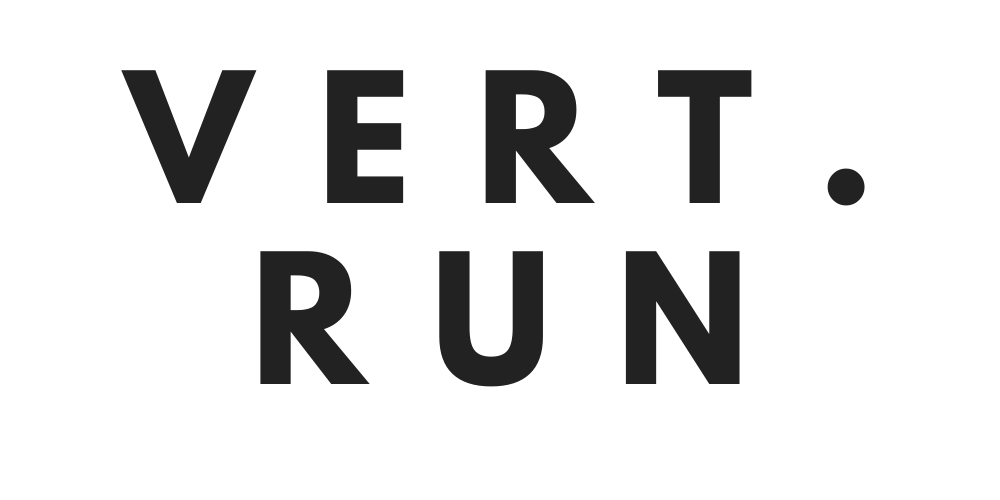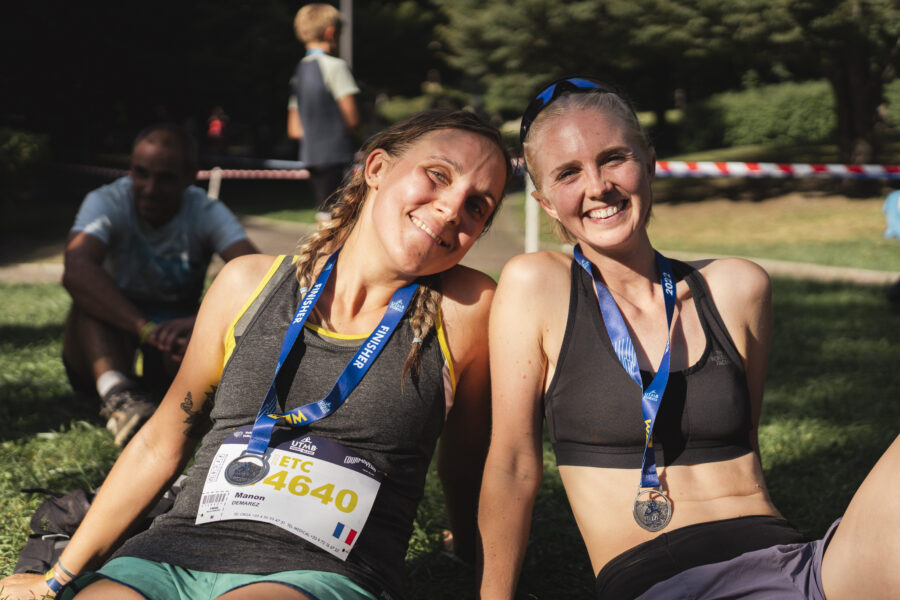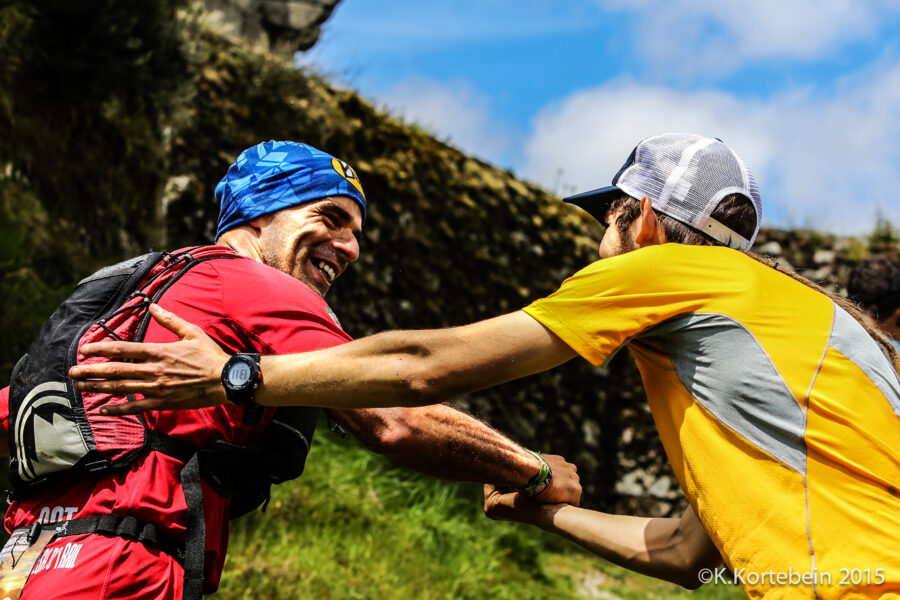If you don’t eat you can’t run, that’s like a personal rule actually, I make sure to follow it.
Eating during a race is something that we don’t necessarily think too much, but it’s very very important. GI problems during trail running or Ultra marathon races are so common and we tend to just assume that it’s “bad luck”, actually normally can be avoid.
One key factor is nerves, yeah, it’s race time we get nervous and this stress also produces stress in our gut, not helping with the fueling during the race. Breathing exercises can be good to calm down before and during the races.
Another factor is the intensity, we’re racing so we’re going all out and this meant that our body is not focusing much energy to digesting, it’s actually focus in our legs, breathing and brain (to stay alert), so we need to facilitate the work to our gut to better absorb the energy and calories that will keep us moving during the race.
Here’s a few examples on what to do on races:
If you’re running a short and intense race, try to eat simple and quick things for your gut to absorb, like gels or carbohydrate drinks. This will facilitate the calories intake and will allow you to eat and move without major problems. If you don’t feel good just eating gels, then it’s good to add something solid, even a banana can help a lot to stabilize the stomach and have something with consistency on it. Try to eat during the easy descents (not the technical ones) and eat on small bites, you don’t want to choke, just have common sense and be smart.
In longer races, this is way easier, just make sure to fuel constantly during the race and you will be fine. Have a variety of savory and sweets and eat whenever you feel the most comfortable. For example in UTMB I eat rice cakes on the climbs, every long climb was the equivalent of a rice cake for me (savory ones), and then always keeping gels, fruits and hydratation on top works perfectly. I recommend to eat solid food early on in long races, ideally at least the first half, which is when the stomach is in good conditions to process the food, and with the miles and hours diggesting will become a little more demanding in our body so we can switch slowly to less solid foods like gels and drinks.
As a take away, make sure you control your nerves, make sure you’re eating on a constant basis and covering the 60 to 90gr of carbohydrates per hour that your body needs to move in a consistent way during the race.
What’s your favorite “on race” food? My good French friends love cheese, me? Not so much.





